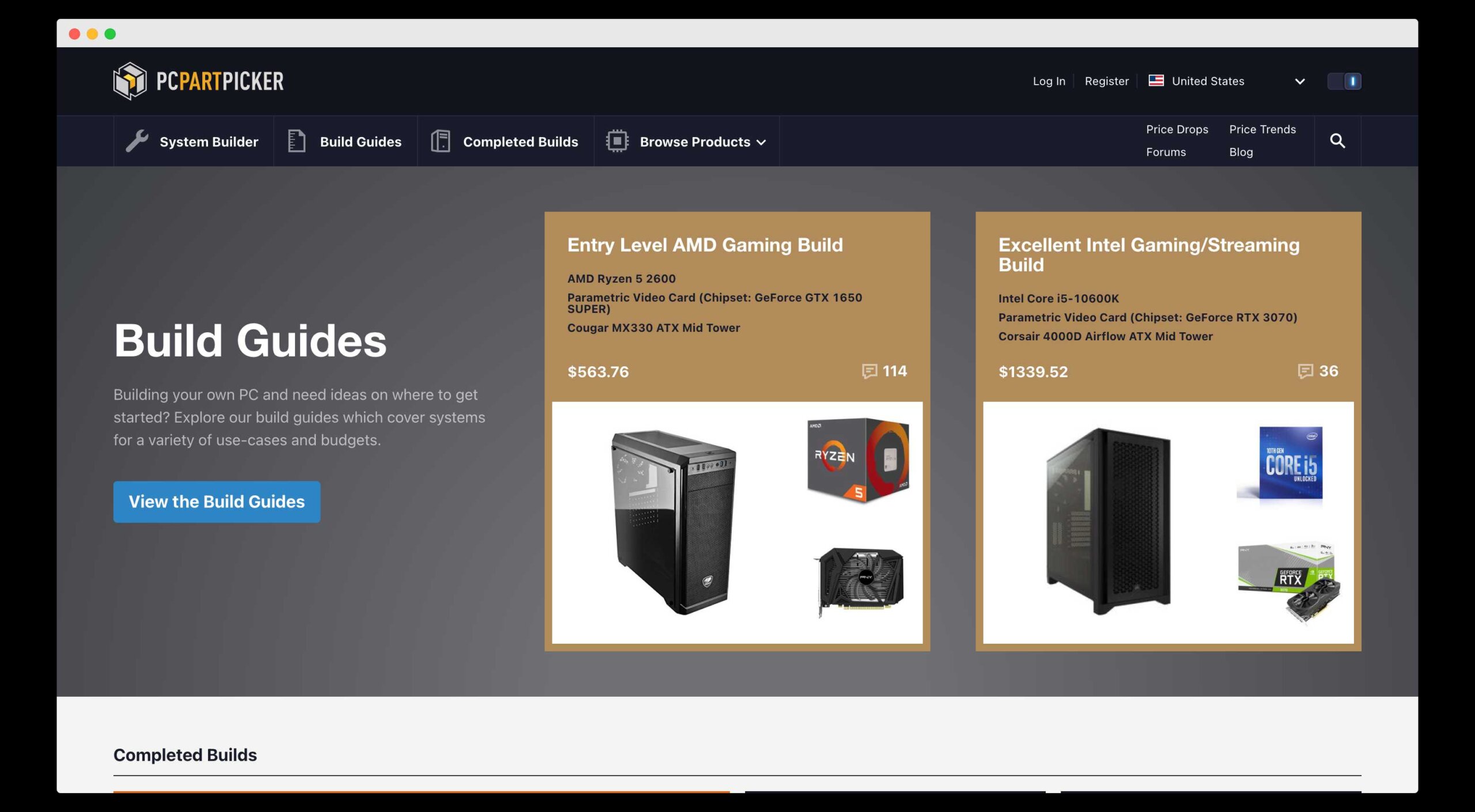

Of course, if you’re on a tighter budget and decide you won’t be using any high-end parts, pick a power supply that’s just enough for the parts you have right now. In our build, the parts we’ve selected are currently using an estimated 374 watts, but by having an 850 watt PSU, I can add two graphics cards or a single, higher-end card without worrying about if I have enough power. An easy way of doing this: use PCPartPicker to estimate the power needed on your behalf, or you can look up the power requirements of each individual part. If you’re planning to not spend too much on parts now (or don’t know which to prioritize), but want to make easy upgrades in the future, pick a power supply with enough wattage to support higher-end parts (they require more power).

If you’re a video editor, drop costs on the graphics and spend more on storage and RAM, for example. If it’s a gaming desktop, pay close attention to your RAM, CPU, and GPU trio - they’ll need to be the highest-end parts in the system. However, there are some things you should keep in mind.įirst, determine what your computer will be for. Which manufacturer you use for each part is entirely up to you. So what parts do you need for your build? Well, there are the essentials: RAM, a case, graphics, processor, cooler, thermal paste, operating system, motherboard, and finally, the power supply. It’s a great way to make sure that everything you’re buying works together before you’ve got it all laid out on your workbench. To make this process easier, I used PCPartPicker to organize the list of parts I’d use, ensure there were no compatibility issues between them, and make sure I’m within my budget.
#Pc builder Pc#
That’s not cheap, but it’s enough to ensure that this PC will still be capable a few years down the road.

#Pc builder for windows 10#
The budget we set for this was $2,000, all-in, including a license for Windows 10 Home.
#Pc builder upgrade#
And eventually, to upgrade to an RTX 2080, to support future titles in HD or 4K that use ray tracing. For that need, we had to prioritize a great GPU (graphics card) so we could play popular titles at their highest graphical settings. In our example build, we wanted a PC that would excel at playing high-end games now and for the next few years. For example, if you’re a video editor, a lot of your build cost should be going toward extra RAM (more temporary storage and faster edits) and hard drive space to store your projects (an extra SSD, for example). The beauty of building your own Windows desktop is you can price and build exactly for your needs. You don’t need to spend thousands of dollars to build a great desktop, though the more you do spend up front, the longer your PC will still be current. It’s also a learning experience: by building your own computer, you’ll have a better grasp on how it all works. You don’t have to deal with things like bloatware or annoying pre-installs. You can get a customized look that’s unique to your PC. You can get parts suited exactly to your needs, which can also potentially lead to cost savings.

We have also updated this article to improve the order of the steps in the process.īuilding your own Windows desktop has many advantages over buying one pre-built. Unfortunately, that video included a number of errors in the build process, and as a result we have removed it from this article.
#Pc builder how to#
Editor’s note: An earlier version of this article included a video guide detailing similar steps on how to build a PC.


 0 kommentar(er)
0 kommentar(er)
